goamules
Well-known
Since I didn't buy any of the Fuji lenses, yet, I'll be using a lot of legacy glass. I wanted to explore shooting at higher ISO, since that's supposed to be one thing the Fuji sensor is good at.
Here's a place to post yours too! Jupiter 8:


Here's a place to post yours too! Jupiter 8:


willie_901
Veteran
Garrett,
The exposure for building shot perfect. Well done!
The exposure for building shot perfect. Well done!
goamules
Well-known
Thanks Willie,
the first time walking around with the camera at dusk, I'm impressed. Here's another.

the first time walking around with the camera at dusk, I'm impressed. Here's another.

venchka
Veteran
Forgive my ignorance. Jupiter 8? Focal length & f/stop?
Thanks!
Wayne
Thanks!
Wayne
Snowbuzz
Well-known
kaiwasoyokaze
Half Frame Goodness
Forgive my ignorance. Jupiter 8? Focal length & f/stop?
Thanks!
Wayne
jupiter is the name of a former soviet union lens maker. the jupiter 8 was a Carl Zeiss Sonnar design lens appropriated by the soviets after WW2. the 8 was the 50mm f2 variety whereas the jupiter 3 was the 50mm 1.5 model.
focal length and f/stop.....uh.....new to photography?
goamules
Well-known
That 21mm Zeiss looks like a good choice!
I just got a Canon 35/2 I'm pretty excited about.
I just got a Canon 35/2 I'm pretty excited about.
Snowbuzz
Well-known
It's good, just don't buy it if you intend to go Sony A7R or M9, though: red fringing.
DwF
Well-known
Lunar Eclipse
Lunar Eclipse

XE 2 90mm Elmarit f2.8
Lunar Eclipse

XE 2 90mm Elmarit f2.8
rhl-oregon
Cameras Guitars Wonders
Although I bought my XE with the 35 1.4--and rely on that combo the most, in low light especially--it's nice to adapt other lenses to create in-between focal lengths. Like this ZM Planar as a 75mm:
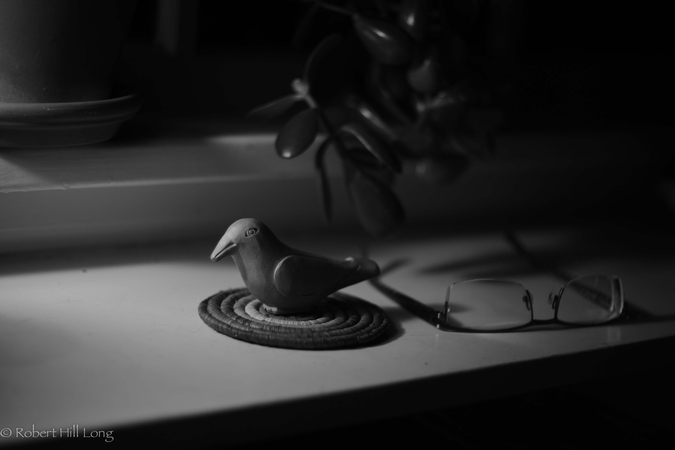
I was intoxicated with the high iso range at first in 2012-13, but as time has gone by, I've been trying to stick as close to base iso as possible.

I was intoxicated with the high iso range at first in 2012-13, but as time has gone by, I've been trying to stick as close to base iso as possible.
rhl-oregon
Cameras Guitars Wonders
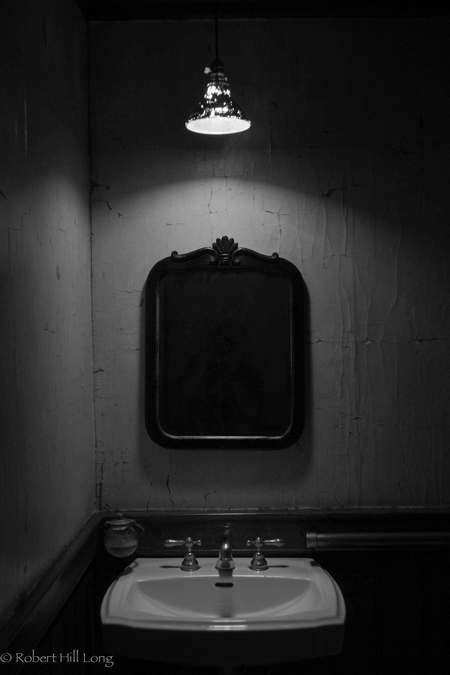
This is the teeny Kobalux 28 3.5 (=42mm) wide open 1/30 iso 3200. Slightly shaky hand; you can see it in the light fixture.
goamules
Well-known
This was pretty low light, the other night:


seajak
Well-known
These were all taken with the X-E1 and 35mm Summicron V4.
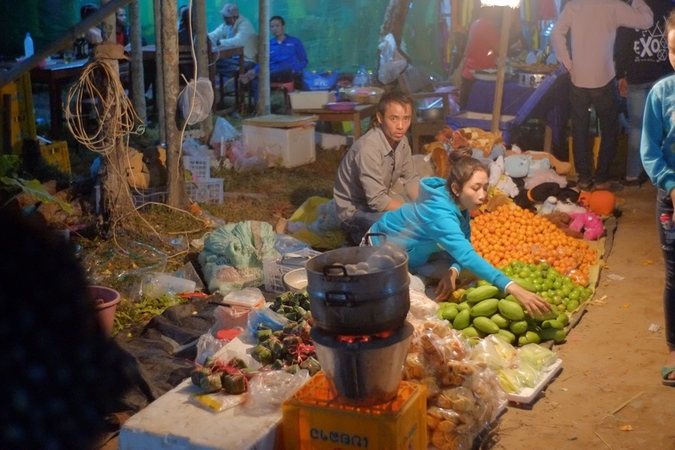
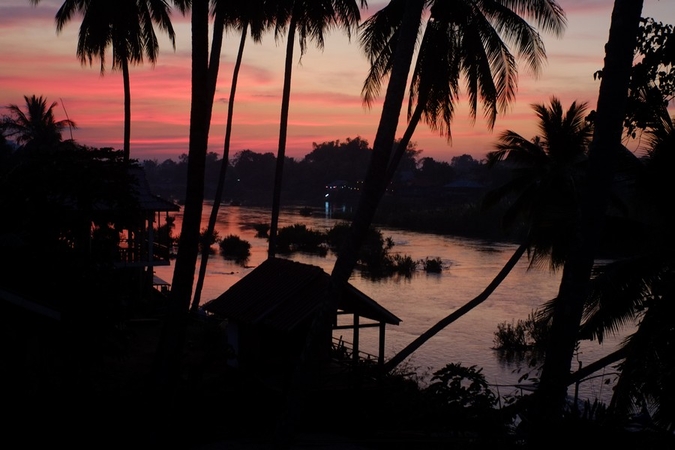
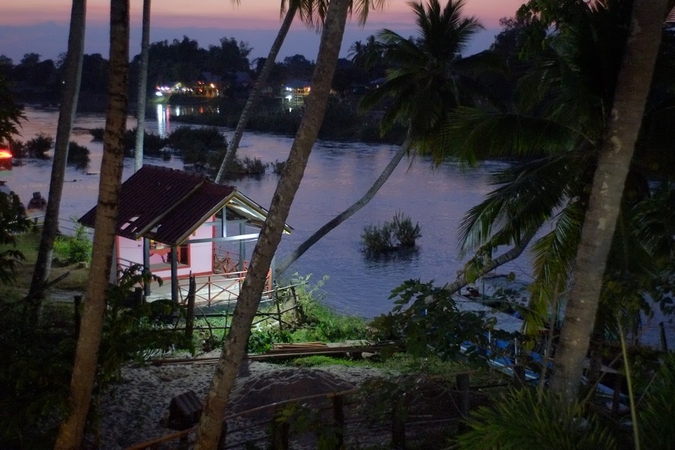
cheers,
clay



cheers,
clay
Kate-the-Great
Well-known
Beautiful shots, y'all  I find the X-E1 my top choice for low light- great exposure latitude even in dim, contrasty scenes at high ISO. I do wish the focus peaking in the finder was stronger but for the most part it's been nothing but lovely to shoot.
I find the X-E1 my top choice for low light- great exposure latitude even in dim, contrasty scenes at high ISO. I do wish the focus peaking in the finder was stronger but for the most part it's been nothing but lovely to shoot.
Ai-Nikkor 50mm f/1.4, ISO 2500

Nikkor-S 35mm f/2.8 with 0.7x converter (25mm f/2.0 equivalent), ISO 1000

Canon Serenar 28mm f/3.5, ISO 2500

Ai-Nikkor 50mm f/1.4, ISO 2500

Nikkor-S 35mm f/2.8 with 0.7x converter (25mm f/2.0 equivalent), ISO 1000

Canon Serenar 28mm f/3.5, ISO 2500

zuikologist
.........................
Love these last three, great light and colour.
willie_901
Veteran
...
I was intoxicated with the high iso range at first in 2012-13, but as time has gone by, I've been trying to stick as close to base iso as possible.
The highest possible analog dynamic range is achieved at base ISO.
I use ISO 200 (base) with my X-Pro 1 and X-T1 bodies whenever possible. Pushing the brightness of raw rendering by up to three stops (equivalent to ISO 1600) during post-production is acceptable even for color work. When desperate, a four-stop push is usable with appropriate levels of noise filtering... especially for B&W.
In some situations (low dynamic range scenes for instance) the X-Pro 1 renders low-light raw a bit better at ISO 400. It is not as ISO invariant as the X-T1.
Neither camera ever exceeds ISO 1600 in terms of post-aqusition electronic signal amplification. All ISOs above 1600 are achieved by digital multiplication of base ISO data. This is the case for both raw and in-camera JPEGs.
Filzkoeter
stray animal
I just bought a new X-E1 as my very first digital camera, and what a great camera it is! I think I'm even focusing faster with the focus peaking (even without magnification) then with my M2. I guess I'm accustomed to look for the "contrast-pop" when focusing my Rolleicord, it doesn't feel that much different.

iso5000, Nokton 35/1.4 wide open. The Iso and generally low-light performance of the X-E1 is a m a z i n g!

iso5000, Nokton 35/1.4 wide open. The Iso and generally low-light performance of the X-E1 is a m a z i n g!
GaryLH
Veteran
The highest possible analog dynamic range is achieved at base ISO.
I use ISO 200 (base) with my X-Pro 1 and X-T1 bodies whenever possible. Pushing the brightness of raw rendering by up to three stops (equivalent to ISO 1600) during post-production is acceptable even for color work. When desperate, a four-stop push is usable with appropriate levels of noise filtering... especially for B&W.
In some situations (low dynamic range scenes for instance) the X-Pro 1 renders low-light raw a bit better at ISO 400. It is not as ISO invariant as the X-T1.
Neither camera ever exceeds ISO 1600 in terms of post-aqusition electronic signal amplification. All ISOs above 1600 are achieved by digital multiplication of base ISO data. This is the case for both raw and in-camera JPEGs.
Hmmmm
Got to try this..
Thanks
Gary
kuzano
Veteran
Jupiter 8!
Jupiter 8!
And another good jupiter 8 reveals itself.
On of my best primes ever on a rangefinder FSU camera was a clean Jupiter 8. Nice to know what it does on the X-E1. Just sold my X-E1 and looking for a low count X-E2.
Jupiter 8!
Since I didn't buy any of the Fuji lenses, yet, I'll be using a lot of legacy glass. I wanted to explore shooting at higher ISO, since that's supposed to be one thing the Fuji sensor is good at.
Here's a place to post yours too! Jupiter 8:


And another good jupiter 8 reveals itself.
On of my best primes ever on a rangefinder FSU camera was a clean Jupiter 8. Nice to know what it does on the X-E1. Just sold my X-E1 and looking for a low count X-E2.
willie_901
Veteran
Hmmmm
Got to try this..
Thanks
Gary
I'd like to know what you think.
Using base ISO as I described with raw is comparable to using auto-ISO with JPEGs. The difference is the photographer increases brightness during post-production rendering. The WYSISWG EVF brightness mode is helpful if you don't have a body with an OVF.
Of course underexposure for any reason decreases the analog DR. There is no magic bullet. But one does not have to think about changing ISO or rely upon how the autoISO algorithm's decisions.
What I like is in manual exposure mode you only have to think about the appropriate shutter speed and/or aperture.
In bright light you have to pay more attention to avoid overexposure of the sensor.
I typically auto-bracket the aperture. I use to use 1 stop steps, but now I use mostly 1/3 stop increments. In bright light I'll use 2/3 or 1 stops. This is useful to select an exposure that overexposes bright objects that are unimportant to the photograph's content while recording data with a higher signal-tp-noise ratio.
Share:
-
This site uses cookies to help personalise content, tailor your experience and to keep you logged in if you register.
By continuing to use this site, you are consenting to our use of cookies.

